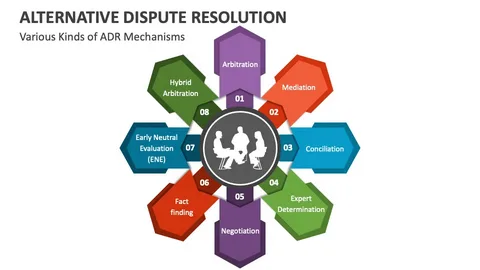Conflict is an inevitable part of any organizational environment. When handled effectively, conflicts can lead to constructive outcomes, improved communication, and stronger teamwork. One effective approach to managing disputes is committee-based conflict resolution. This method leverages the collective wisdom of a committee to address issues impartially and collaboratively. In this article, we explore the best practices for committee-based conflict resolution and review some compelling case studies illustrating its success.
Understanding Committee-Based Conflict Resolution
Committee-based conflict resolution involves forming a group of diverse members tasked with investigating, mediating, and resolving conflicts within an organization. Unlike individual mediation, this approach draws on multiple perspectives, promoting fairness and thoroughness in decision-making. The committee typically includes representatives from different departments, management levels, and sometimes external advisors, ensuring a balanced approach to conflict management.
Best Practices for Committee-Based Conflict Resolution
1. Establish Clear Guidelines and Procedures
For a committee to function effectively, it must operate within a clear framework. Defining roles, responsibilities, and procedures helps maintain consistency and transparency. This includes outlining how complaints are submitted, how investigations are conducted, and how decisions are communicated.
2. Ensure Diversity and Impartiality
A successful committee reflects the diversity of the organization and maintains impartiality. Members should be selected based on their objectivity, respect within the organization, and ability to handle sensitive issues confidentially. Rotating membership can prevent biases and foster a culture of fairness.
3. Foster Open Communication
Open dialogue is critical during conflict resolution. Committees should encourage all parties to express their viewpoints freely without fear of retaliation. Active listening and empathy are essential skills for committee members to build trust and uncover the root causes of disputes.
4. Provide Training and Resources
Committee members should receive training on conflict resolution techniques, legal considerations, and cultural competency. Continuous learning equips members to handle complex situations effectively and keep up with evolving best practices.
5. Document and Follow Up
Accurate documentation of the conflict resolution process is essential for accountability. The committee should also establish follow-up mechanisms to ensure that agreements are implemented and that conflicts do not resurface.
Case Studies Highlighting Committee-Based Conflict Resolution
Case Study 1: Resolving Workplace Harassment in a Tech Firm
A mid-sized technology company faced repeated complaints about workplace harassment. Instead of relying solely on HR, the company formed a conflict resolution committee comprising employees from HR, legal, and various departments. This committee developed a confidential reporting process and conducted thorough investigations. By involving multiple perspectives, the company was able to implement effective policies, leading to a significant reduction in harassment incidents.
Case Study 2: Mediating Union-Management Disputes
In a manufacturing plant, escalating tensions between union representatives and management threatened to disrupt operations. A conflict resolution committee, including union leaders, management officials, and an external mediator, was established. The committee facilitated open discussions, negotiated compromises, and created a long-term collaboration framework. The resolution preserved labor peace and enhanced mutual understanding.
Case Study 3: Addressing Cross-Cultural Conflicts in a Global Corporation
A multinational corporation faced misunderstandings between teams from different cultural backgrounds. The committee, composed of representatives from each region, identified cultural communication gaps and recommended tailored training programs. This committee-based approach improved intercultural relations and increased overall productivity.
Conclusion
Committee dispute resolution offers a structured, inclusive, and effective approach to managing disputes within organizations. By following best practices such as establishing clear guidelines, ensuring diversity, fostering open communication, providing training, and documenting processes, organizations can harness the power of committees to transform conflicts into opportunities for growth. The case studies highlighted demonstrate the versatility and success of this method across different industries and conflict types.
Embracing committee-based conflict resolution can help organizations build a culture of trust, fairness, and collaboration—cornerstones for long-term success.

